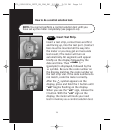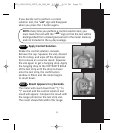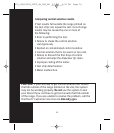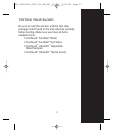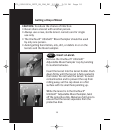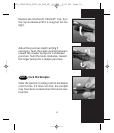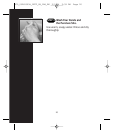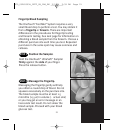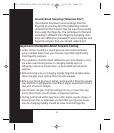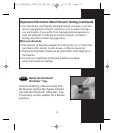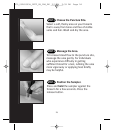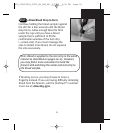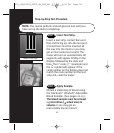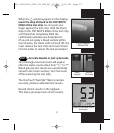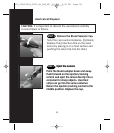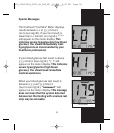
Forearm Blood Sampling (“Alternate Site”)
The forearm has fewer nerve endings than the
fingertip so you may find that obtaining a blood
sample from the forearm may be much less painful
than using the fingertip. The technique for forearm
sampling is different from fingertip sampling. Also
there are differences between forearm samples and
fingertip samples that you should understand.
22
Important Information About Forearm Testing
• Under certain conditions, blood glucose test results obtained
using samples taken from your forearm may differ significantly
from fingertip samples.
• The conditions in which these differences are more likely to occur
are when your blood glucose is changing rapidly such as
following a meal, an insulin dose, or associated with physical
exercise.
• When blood glucose is changing rapidly, fingertip samples show
these changes more quickly than forearm samples.
• When your blood glucose is falling, testing with a fingertip sample
may identify a hypoglycemic (low blood sugar) level sooner than a
test with a forearm sample.
• Use forearm samples only for testing prior to, or more than two
hours after, meals, insulin doses, or physical exercise.
• Testing performed within two hours after meals, insulin doses, or
physical exercise, or whenever you feel that your glucose levels
may be changing rapidly, should be done from the fingertip.
DCO_05265303A_OTFT_OB_CAN_EN 2/2/04 2:39 PM Page 22



